Do you have a question about the WACOM Cintiq Pro 32 and is the answer not in the manual?
Identifies the intended audience and scope of the guide.
Lists additional resources and documentation for further details.
Provides an overview of the Zero Client's features and capabilities.
Details how to establish PCoIP sessions to various host endpoints.
Covers common management tasks, configuration, and diagnostics.
The client's built-in interface for configuring firmware and settings.
A web-based interface for remote client configuration and management.
Settings for configuring audio input and output on the client.
Settings for defining the client's session connection types.
Configures how the client handles server certificate verification.
Implementing network access control using 802.1x authentication.
Configures direct connections to a specific PCoIP Remote Workstation Card.
Configures connections to VMware Horizon virtual desktops.
Lists conditions required before connecting to Remote Workstation Cards.
Describes available session connection types for RWC connections.
Setting the client's IP address, dynamically or statically.
Enabling network access control for authorized devices.
Enabling or disabling IPv6 network configuration.
Configuring dynamic IPv6 address assignment.
Enforcing a password change on the next AWI access.
Requiring a password to modify OSD user settings.
Setting the idle timeout for displays to enter low power mode.
Configuring remote power management options for the host.
Setting the maximum bandwidth the client can use for PCoIP sessions.
Setting a temporary bandwidth limit during network congestion.
Configuring parameters for devices plugged into USB ports.
Authorizing and unauthorizing USB devices or configuring bridging.
Detailed steps for creating users, exporting/importing certificates, and format conversion.
Steps to configure certificates on the Remote Workstation Card.
Steps to configure custom certificates on the Zero Client.
Covers physical connection, power-up, and initial setup procedures.
Lists supported display resolutions for different Zero Client models.
Specifies certificate requirements for smart card authentication.
Lists requirements for virtual desktop environments with smart cards.
Explains tablet coordinate modes for in-session and pre-session use.
Details local termination support for tablets connecting to Windows hosts.
Identifies the intended audience and scope of the guide.
Lists additional resources and documentation for further details.
Provides an overview of the Zero Client's features and capabilities.
Details how to establish PCoIP sessions to various host endpoints.
Covers common management tasks, configuration, and diagnostics.
The client's built-in interface for configuring firmware and settings.
A web-based interface for remote client configuration and management.
Settings for configuring audio input and output on the client.
Settings for defining the client's session connection types.
Configures how the client handles server certificate verification.
Implementing network access control using 802.1x authentication.
Configures direct connections to a specific PCoIP Remote Workstation Card.
Configures connections to VMware Horizon virtual desktops.
Lists conditions required before connecting to Remote Workstation Cards.
Describes available session connection types for RWC connections.
Setting the client's IP address, dynamically or statically.
Enabling network access control for authorized devices.
Enabling or disabling IPv6 network configuration.
Configuring dynamic IPv6 address assignment.
Enforcing a password change on the next AWI access.
Requiring a password to modify OSD user settings.
Setting the idle timeout for displays to enter low power mode.
Configuring remote power management options for the host.
Setting the maximum bandwidth the client can use for PCoIP sessions.
Setting a temporary bandwidth limit during network congestion.
Configuring parameters for devices plugged into USB ports.
Authorizing and unauthorizing USB devices or configuring bridging.
Detailed steps for creating users, exporting/importing certificates, and format conversion.
Steps to configure certificates on the Remote Workstation Card.
Steps to configure custom certificates on the Zero Client.
Covers physical connection, power-up, and initial setup procedures.
Lists supported display resolutions for different Zero Client models.
Specifies certificate requirements for smart card authentication.
Lists requirements for virtual desktop environments with smart cards.
Explains tablet coordinate modes for in-session and pre-session use.
Details local termination support for tablets connecting to Windows hosts.
| Resolution | 5080 lpi |
|---|---|
| Working area | 697 x 392 mm |
| Device interface | - |
| Tablet input type | Pen, Touch |
| Number of hot keys | 17 |
| Connectivity technology | Wired |
| Eraser | Yes |
| Certification | VCCI, FCC, CE, IC ICES, RCM, KCC, BSMI, C-Tick, CB, CCC, GOST-R |
| Product color | Black |
| Tilt angle range | 0 - 60 ° |
| Mac operating systems supported | Mac OS X 10.11 El Capitan, Mac OS X 10.12 Sierra, Mac OS X 10.13 High Sierra, Mac OS X 10.14 Mojave |
| Windows operating systems supported | Windows 10, Windows 7, Windows 8, Windows 8.1 |
| Sustainability certificates | RoHS |
| Pressure levels | 8192 |
| Mouse included | No |
| Input voltage | 100 - 240 V |
| AC input frequency | 50 - 60 Hz |
| Energy efficiency scale | A to G |
| Brightness | 310 cd/m² |
| Aspect ratio | 16:9 |
| Response time | 8 ms |
| Display diagonal | 32 \ |
| Contrast ratio (typical) | 1000:1 |
| Display number of colors | 1.073 billion colors |
| Cables included | AC, DisplayPort, HDMI, USB, USB Type-C |
| Depth | 53.25 mm |
|---|---|
| Width | 854 mm |
| Height | 506 mm |
| Tablet weight | 13000 g |
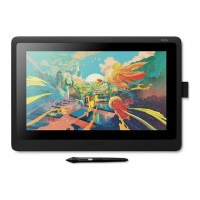
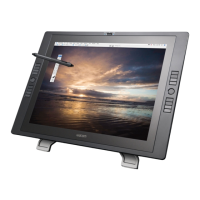


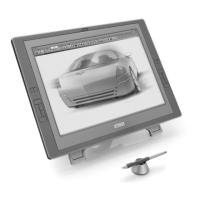
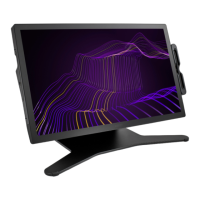
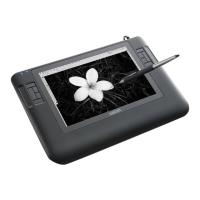
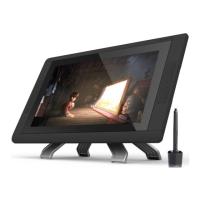
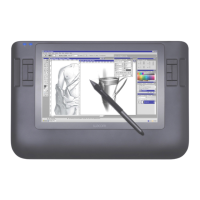
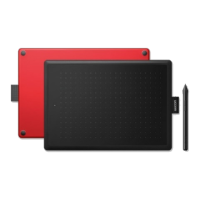
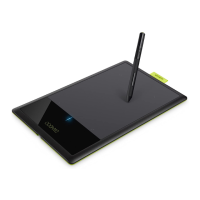
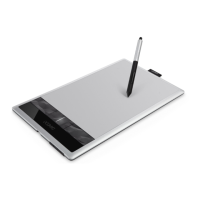
